Following the international press launch of the all-new Volkswagen Golf GTI comes a raft of new information and details about the company’s much loved hot hatch.
To recap, the new Mk7 Golf GTI is lighter, faster, more efficient and better equipped than any previous GTI. It comes in two specifications, the regular 162kW/350Nm model and the 169kW/350Nm Performance Pack.
The Performance Pack brings with it a few extra goodies to go with its modest power increase, most notably larger brakes and an XDS+ electronic differential lock. And it’s that electronically controlled mechanical diff that’s grabbing many of the headlines.
You’ll find all the detail you want about the new Golf GTI after the break, but in Volkswagen’s own words here’s some more detail on the XDS+ diff to get you started:
A newly engineered electronic front differential lock is being used exclusively in the Golf GTI Performance. To date, Volkswagen is the only carmaker to utilise an electronically controlled differential lock in a front-wheel drive production model. Compared to purely mechanical locks, the front differential lock integrated in the Golf GTI Performance offers advantages such as a variable degree of locking and comprehensive interfaces to the ESC, EDS and XDS+ functions. This makes it possible to completely avoid negative effects on steering response and steering precision that otherwise occur with mechanical locks.
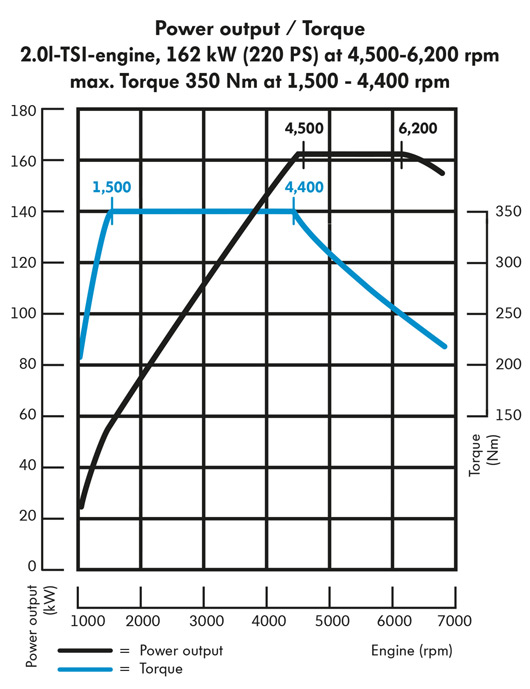
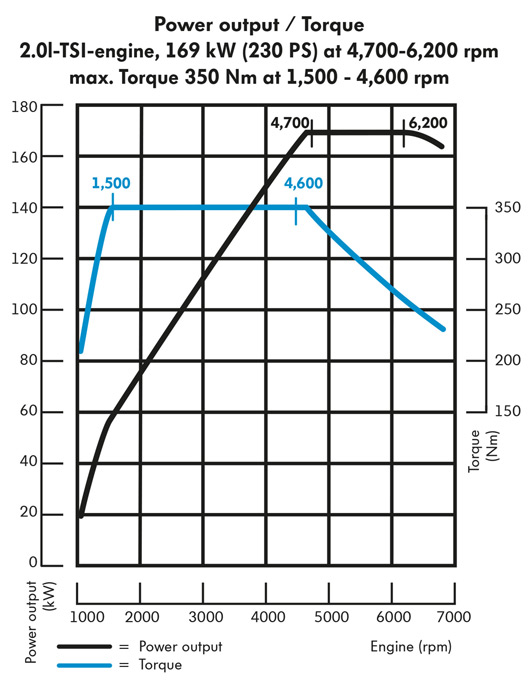
New Golf GTI has up to 230 PS of power and is 18 per cent more fuel efficient
- Progressive steering, xenon headlights and ambience lighting are standard
- Handling of the Golf GTI Performance model crosses over to high-performance sports cars
Wolfsburg / Saint Tropez, 22 April 2013 – To date, nearly 1.9 million Golf GTI cars have been produced at the Volkswagen plant in Wolfsburg and sold worldwide. Back in 1976, when the GTI was invented, no one could have predicted such success. 5,000 units were planned, of a car that is the most successful of its type in the world. A phenomenon. The first Golf GTI, launched 37 years ago, defined a fundamental standard for dynamic performance that was more precise than any other compact car. The affordable Volkswagen also made automotive sportiness more attainable than ever for people. Everything was simply right about it – the safe and taut chassis, the agile and fuel-efficient injection engine and the car’s styling that was as unmistakable as it was timeless. All of this combined with the insignias of a future icon – a red stripe around the radiator grille, a black border around the rear windscreen, a sport steering wheel like in the Scirocco Coupé, a golf ball as a gear shift grip, ergonomically perfect sport seats with a classic tartan design and a name that would never be forgotten: GTI. Now a new seventh generation GTI is launching. It will arrive at dealers starting in May, and advance sales have begun.
100 per cent more power. The engine of the first Golf GTI produced exactly 81 kW / 110 PS. Now, the seventh generation Golf GTI sends at least 162 kW / 220 PS to the front wheels – which is exactly double the power of the first Golf GTI. In addition, Volkswagen is offering a factory installed power enhanced engine that produces an additional 10 PS (169 kW / 230 PS) – it is on-board the Golf GTI Performance.
2.0-litre turbocharged direct injection engine. The turbocharged engine of the GTI is from the third generation of the EA888 engine series and has a completely newly developed cylinder head. A unique feature in this power class is the water-cooled exhaust gas circulation loop to the turbocharger that is fully integrated in the cylinder head. This type of exhaust gas cooling makes a crucial contribution towards improving fuel consumption at full load in the new Golf GTI. In addition, the 1,984 cc TSI features variable valve timing with dual camshaft adjustment. In addition, the valve lift on the exhaust side is adjustable over two stages. This enables optimal control of the charge exchange process for better performance, fuel economy and low emissions.
18 per cent better fuel economy with manual gearbox. Both GTI versions, equipped with a stop/start system and a 6-speed gearbox as standard, attain the same low NEDC fuel consumption value of 6.0 l/100 km (CO2: 139 g/km). The combined fuel consumption of the Golf GTI was reduced by 1.3 litres or 18 per cent compared to the previous model (155 kW / 210 PS).
14 per cent lower fuel consumption with DSG. A 6-speed dual-clutch gearbox (DSG) that offers uninterrupted propulsive power is optional for both power levels; it matches the character of the sporty icon to perfection. In this case, the fuel consumption of the 220-PS version is 6.4 l/100 km (equivalent to 149 g/km CO2); in the 230-PS version it is 6.5 l/100 km (150 g/km CO2). In the DSG version, fuel consumption of the 220 PS GTI is 1.0 l/100 km (14 per cent) less than that of the previous 210 PS model.
42 kg lower weight. The significantly improved fuel economy values of the new Golf GTI can be traced back to actions that fought for every tenth of a litre in savings. The sports car, like the base model, is based on the new modular transverse matrix (MQB). And, similar to the base model, the weight of the GTI was also reduced compared to the previous model – from 1,393 kg to 1,351 kg (42 kg savings). The car’s aerodynamics were also improved. Its aerodynamic drag (cD x A) shrank from 0.73 m2 in the already very good previous model to 0.70 m2. In urban traffic and in traffic jams, the standard Stop/Start system of the GTI has a positive effect on fuel economy. The substantially higher torque of 350 Nm (instead of the 280 Nm of the previous model) made it possible to also reduce the gear ratios for lower engine speeds, adapting them to the engine’s lower rev levels. Precisely this reduces fuel consumption. Last but not least, internal engine modifications were made – including a new and innovative thermal management system; they contribute towards the noted 18 per cent improvement in fuel economy in the 2.0-litre TSI.
10 km/h faster. The low fuel consumption and emission values of the Golf GTI contrast with the car’s simply dominating driving performance data. The 220 PS Golf GTI accelerates to 100 km/h in 6.5 seconds and has a top speed of 246 km/h (DSG: 244 km/h). The 230-PS Performance version completes the sprint in 6.4 seconds and reaches a top speed of 250 km/h (DSG: 248 km/h); the top version is therefore 10 km/h faster than the previous model. Based on its handling properties, the new Golf GTI is impressively penetrating into the market segment of high-class and considerably more expensive sports cars more than ever before. This is especially true of the Golf GTI Performance with its front differential lock that was exclusively developed for this version. The Performance Pack itself not only consists of a power boost and the differential lock, it also offers a braking system with larger dimensions and internally-ventilated discs at all four wheels.
GTI exterior. Of course, the new Golf GTI is distinguished from other cars in the model series by numerous additional features and classic GTI insignia. On the exterior, they include the red painted brake callipers, smoked LED rear lights in a custom design as well as chrome tailpipes on the left and right. The production colours Red (“Tornado Redâ€) and “Black†as well as “Pure White†have been typical for the Golf GTI since its early days. Also standard on-board the most powerful, fastest and most fuel-efficient Golf GTI ever are the newly designed 17-inch “Brooklyn†alloy wheels with size 225/45 tyres.
GTI interior. The typical GTI insignia are indispensible in the interior as well. Consider the seat covers: The first GTI had them already: seat covers in the legendary tartan pattern. The fabric known as “Jacky†in the previous model was redesigned and is now known as “Clarkâ€; naturally, it was kept in the classic tartan pattern. New: the fabric design of the sport seats can now be obtained for the first time with side panels and head restraints in Alcantara. In addition, the seats and door trim panels can also be ordered with “Vienna†leather upholstery. One way or another: the top sport seats offer exceptionally good ergonomic properties. The GTI instrument cluster also makes a strong statement with a colour display and unique instrument graphics. The GTI-specific look in the interior is rounded out by such features as an independent leather sport steering wheel (with multifunction keys), red ambience lighting (in front, in the trim strips of the doors and the stainless steel door sill guards) and pedals made of brushed stainless steel.
High-tech GTI. The seventh generation of the sporty icon is the first Golf GTI to launch with standard technology highlights such as progressive steering, the Driver Alert System, Automatic Post-Collision Braking System and the further advanced XDS+ vehicle dynamics function. Also new are optional systems that further perfect driving with the new GTI. They include adaptive cruise control (ACC), the surroundings monitoring system Front Assist with City Emergency Braking, the Lane Assist lane-keeping assistant and a driving profile selector. With the debut of the GTI, the Golf will also be available with a 400-Watt sound system by the high-end Danish brand Dynaudio that was individually engineered for the car. Also available as a new optional feature: Car-Net for transmitting online information such as the Google Earthâ„¢ map service.
Note:
TDI, TSI, DSG and Twincharger are registered trademarks of Volkswagen AG or other companies of the Volkswagen Group in Germany and other countries.
Features and technical data apply to models offered in Germany. They may differ in other countries.
Downloads
- Golf VII GTI international press kit (3mb PDF)
- Golf VII GTI tech specs – 6sp manual (66kb PDF)
- Golf VII GTI tech specs – 6sp DSG (66kb PDF)
- Golf VII GTI Performance Pack tech specs – 6sp manual (66kb PDF)
- Golf VII GTI Performance Pack tech specs – 6sp DSG (66kb PDF)
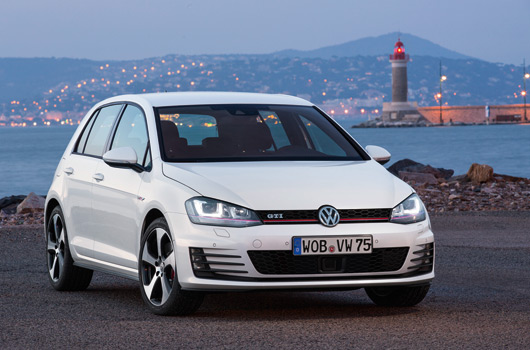
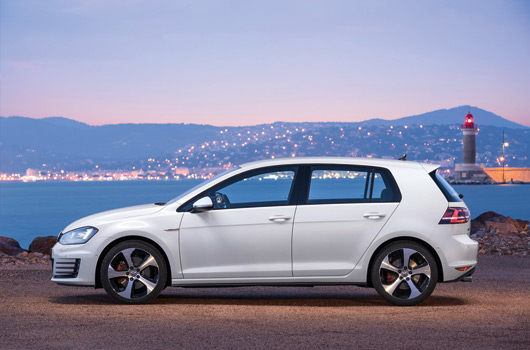
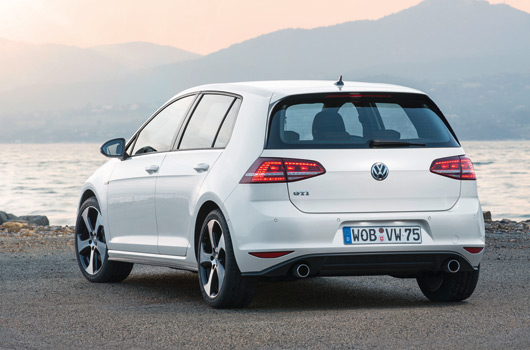
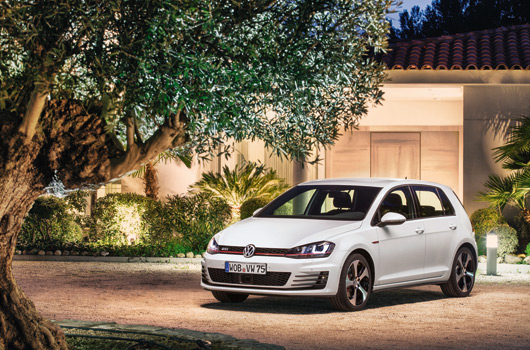
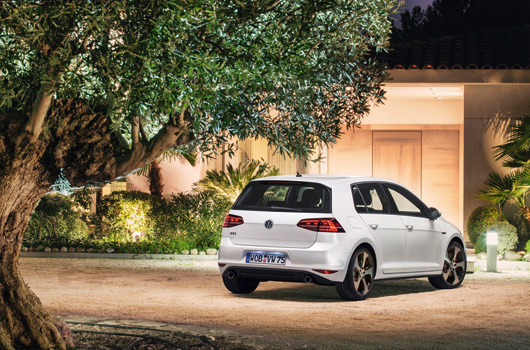
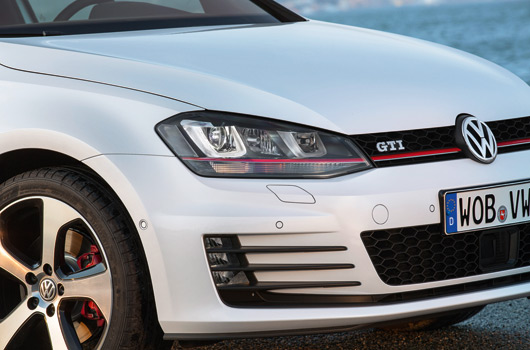
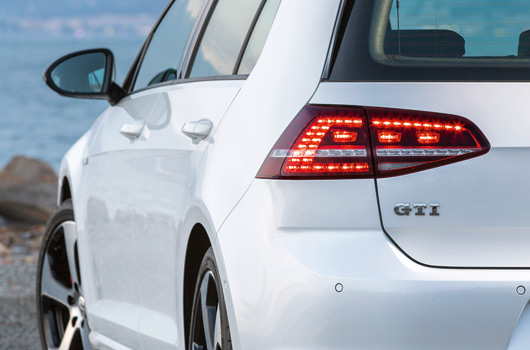
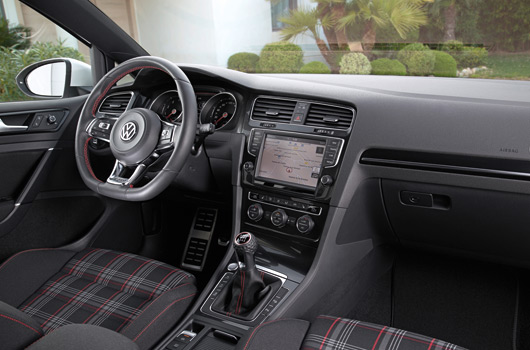
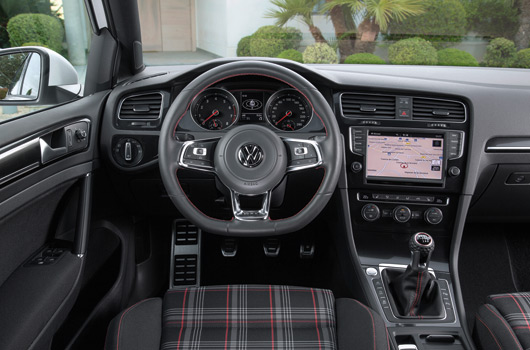
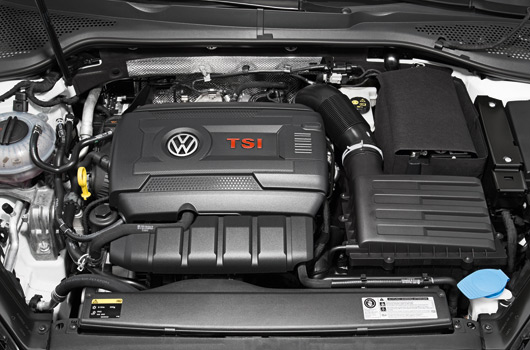
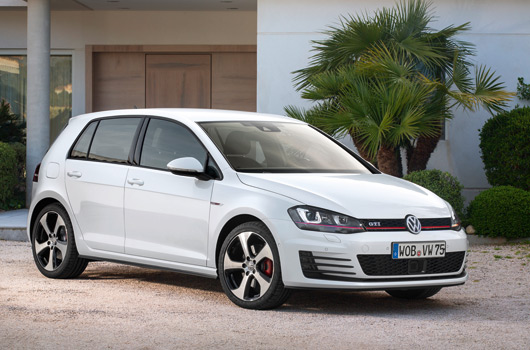
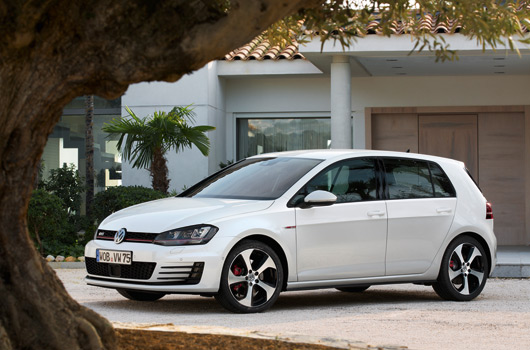
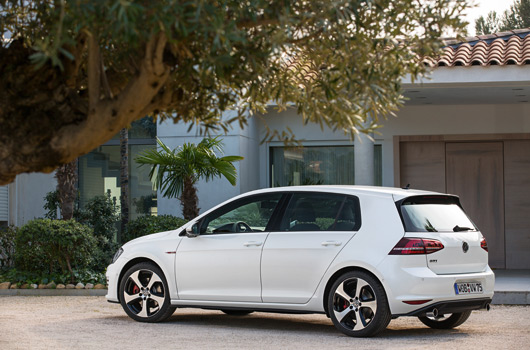
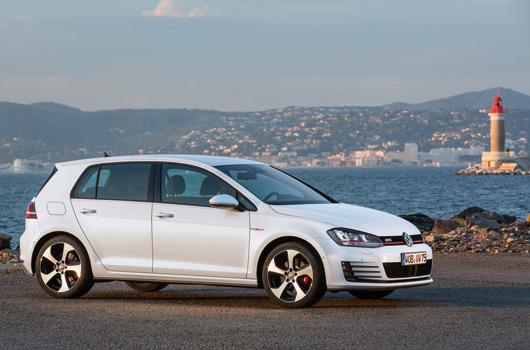

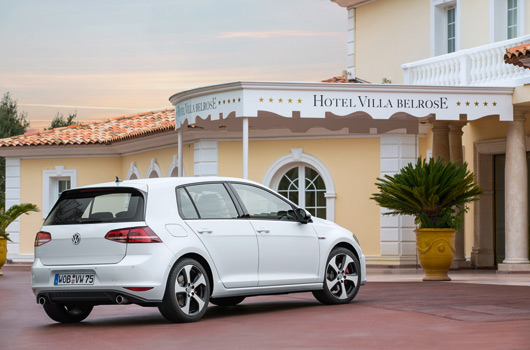
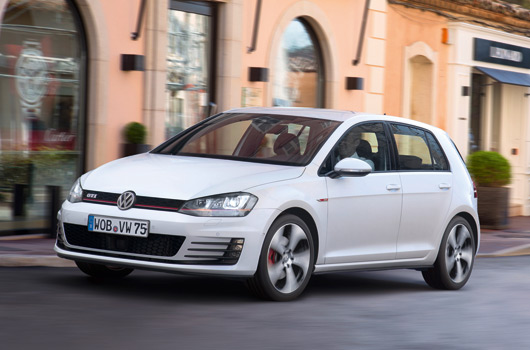
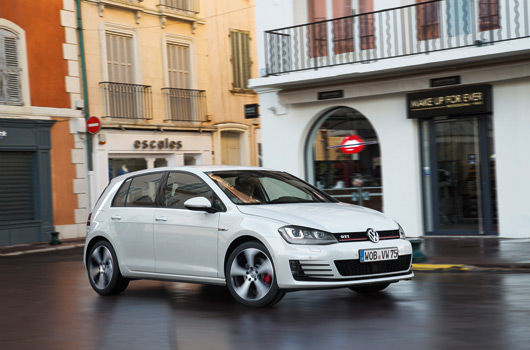
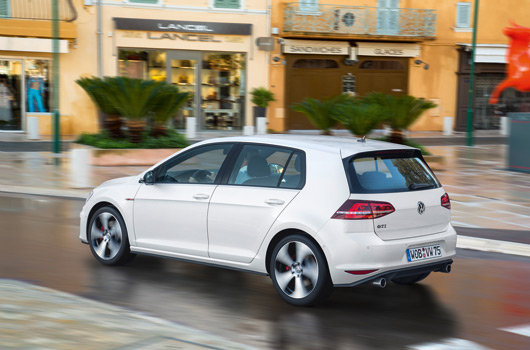
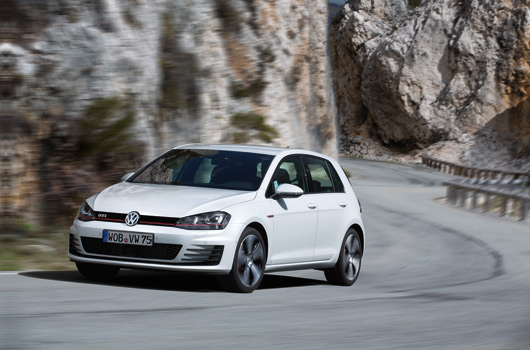
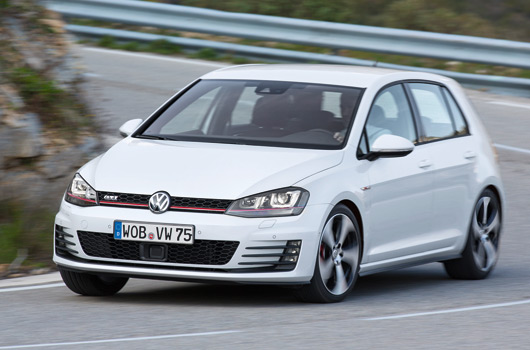
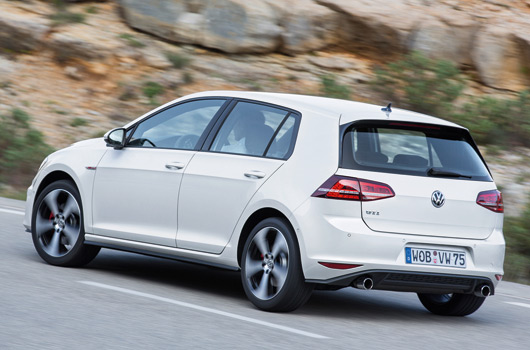
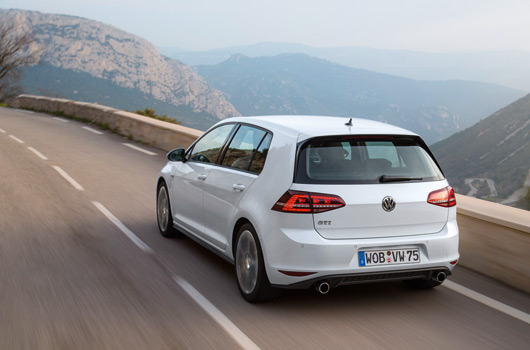
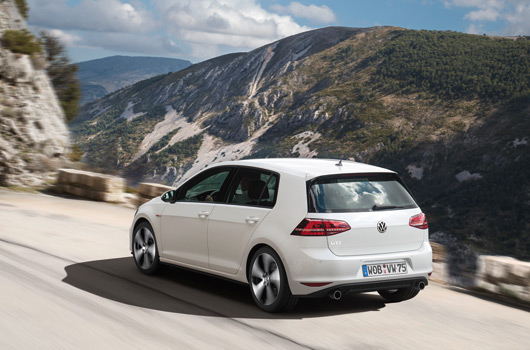
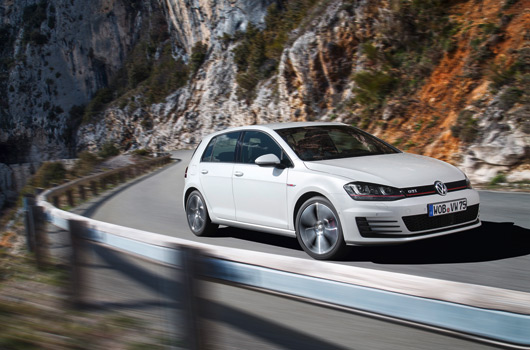
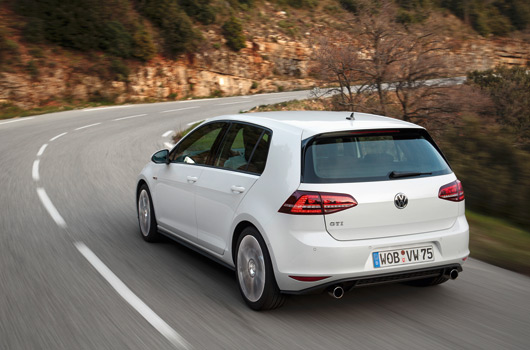
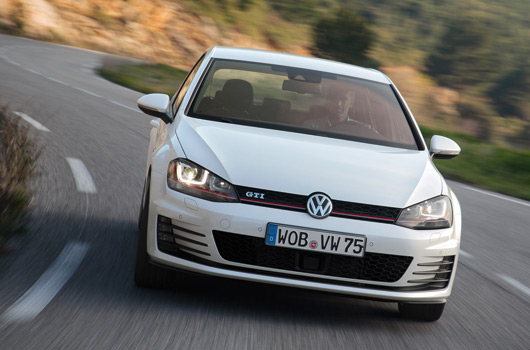
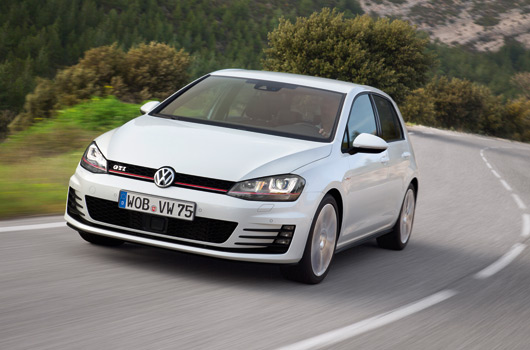
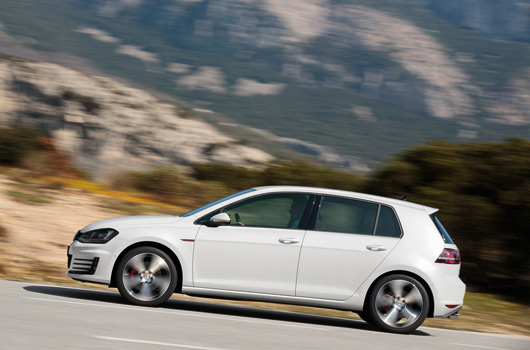
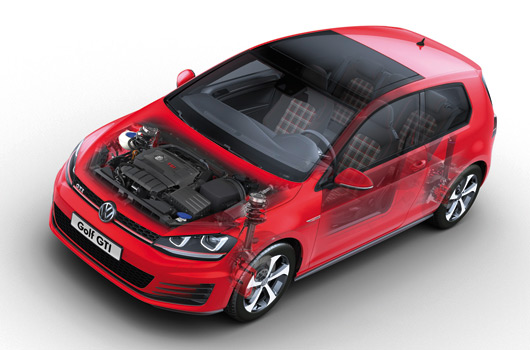
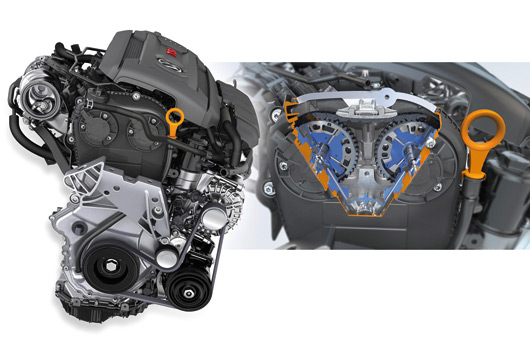
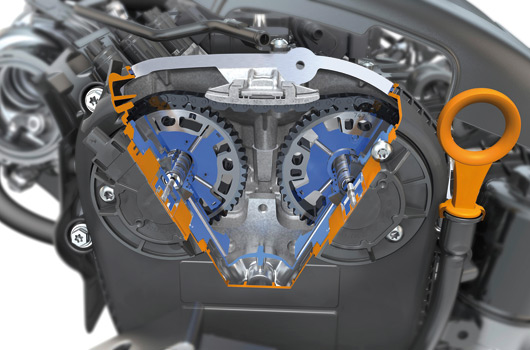
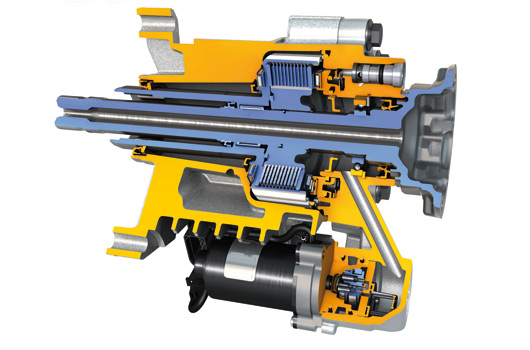
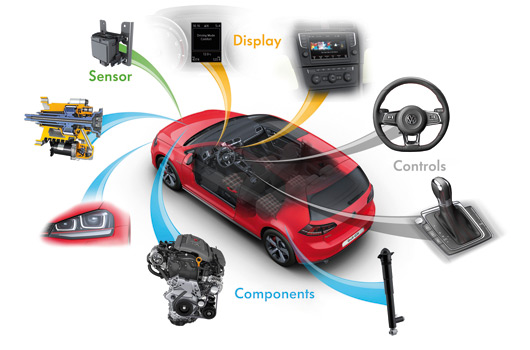
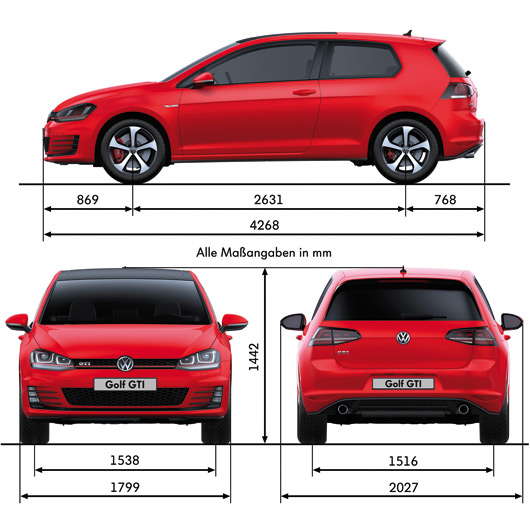
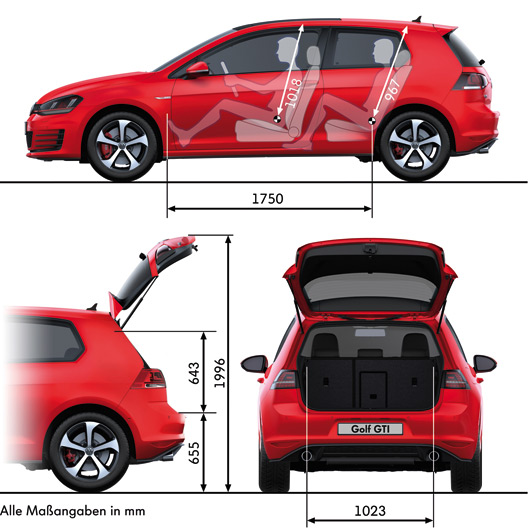
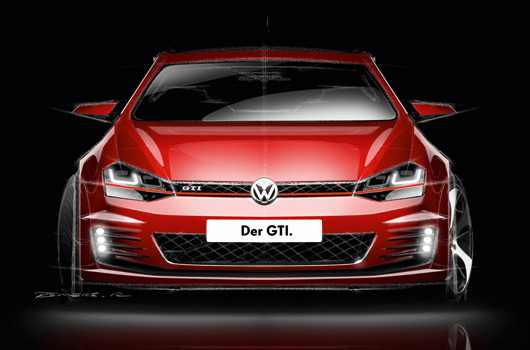


13 replies on “Volkswagen Golf VII GTI in detail”
[…] new Porsche 911 GT3 is much faster than the new Volkswagen Golf GTI. No shit! But here’s the video to prove it. And doesn’t the new GT3 sound rather […]
I want to be a fan but I just find VW’s lacking character.
Great value though I must admit.
[…] more extreme Mk7 Golf GTI, possibly a preview of a 40th anniversary model, is on its way to the annual Wörthersee show, Car […]
[…] course, the Octavia vRS has the luxury of nicking the drivetrain from the Mk7 Golf GTI which gives the car a great head start. Although, it’s interesting to note that in the […]
[…] Harris turns his hand to the Mk7 Golf GTI. He’s at the wheel of a base-spec 162kW model with a proper gearbox. Part of the GTI’s […]
[…] new Golf GTI has recently arrived in Singapore. If you’re not familiar with car prices over there this […]
[…] all-new Mk7 Golf GTI isn’t even on Australian roads yet but already tuning houses overseas are working their magic […]
[…] Australia has just shared this image of a Mk7 Golf GTI to its Facebook page with the words, “Look at what’s just […]
[…] local media outlets are reporting pricing for the Mk7 Golf GTI, which we expect to be officially released by Volkswagen later this […]
[…] today’s earlier article on the Australian pricing for the Mk7 Golf GTI here’s the official guff direct from Volkswagen. There’s a heap of information for you, […]
[…] of you keen on the Mk7 Golf GTI will have probably already been to your local dealer to check the car out. If you haven’t you […]
[…] perhaps to a lesser degree despite sales remaining strong. But this time around it feels like the Mk7 GTI has quietly snuck onto Australian shores without much […]
[…] has just launched the Golf GTI Performance. It’s a more highly specced model than the regular GTI and is priced from $48,490. That’s $6500 more than the cost of an entry-level GTI (with […]